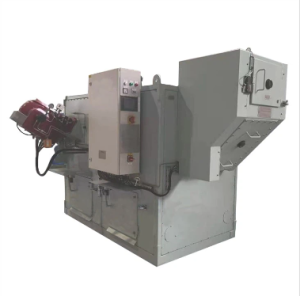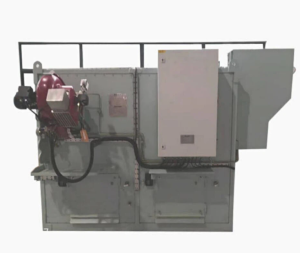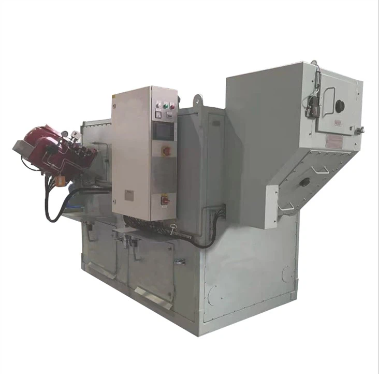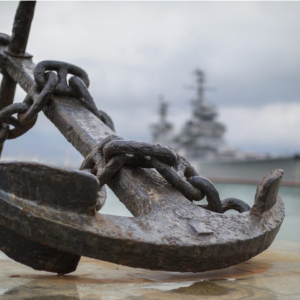- The role of incinerators on ships
In the course of operation, ships will produce a lot of solid waste, such as paper, plastic and so on, as well as a lot of liquid waste, such as sludge, failure of lubricating oil and so on. These wastes,if thrown into the sea, will cause damage to the marine environment, so marine incinerators can dispose of all these solid and liquid wastes before discharging, so as not to cause damage to the environment.

- When using the incinerator should pay attention to:
- The combustible solid waste should be put into the incinerator by opening the furnace door before firing.
- The burning should sweep gas for more than 30s before ignition to remove oil and gas in the furnace and prevent explosion.
- The waste oil tank of the incinerator ( equipped with mixer and heater ) is heated to 80-100°C and the residual water is discharged.
- Using diesel oil to ignite the incinerator, when the furnace temperature reaches a certain temperature (about 600°C) And then gradually into the combustion of dirty oil. When the oil contains 30% ~ 50% water, it can still burn continuously. Therefore, when the incinerator is in normal operation, the use of ignition diesel oil can be stopped, and diesel oil should be burned before shutdown in order to flush the dirty oil in pipeline.
- The incinerated ash may be dumped into the sea ocean at a distance of 12 nautical miles form the nearest land.

- Technical specifications
| Capacity
|
800,000 kcal/h (929kW) |
| 100 kg/h IMO sludge oil
556,400 kcal/h solid waste |
|
| Combustion chamber temperature | Max 1,180 °C |
| Electrical power consumption | 15 kW |
| Flue gas temperature | Working 250-350 °C |




